Grabenstr. 20
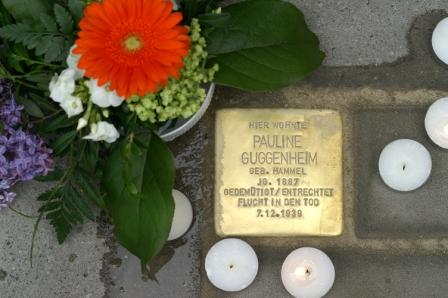
Pauline Guggenheim, née Hammel, born 1887, grew up in Strasbourg in her parents’ upper-class house. After 1919 Alsace became part of France, and Pauline and her mother decided to leave the area because they felt as Germans. One year later, Pauline married in Göppingen the widower Julius Guggenheim, who brought his two sons Emil and Leopold (Poldi) into the marriage. In 1921, their daughter Lieselotte (Lilo) was born.
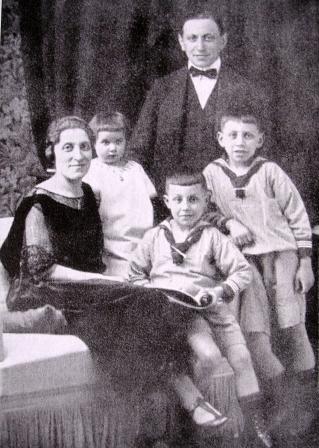
The couple moved with their three children into the house at Grabenstrasse 20 and lived there on the second floor. On the ground floor and first floor Pauline and Julius Guggenheim opened a textile store which they managed together. They complemented each other perfectly: she, the educated and elegant one, and he, the upright and realistic one. Together they decided on the selection of the merchandise and the best ways in which to serve customers and make their employees feel appreciated and socially supported. Their commitment and concept soon carried fruit. Because they were financially solvent, they were able to open a branch of the Wohlwert [Woolworth] department store chain in Gőppingen on April 11, 1930. The new concept of self-service, which came from America, was enthusiastically accepted by the customers and brought the family prestige and prosperity – until 1933.
The Guggenheims then had to suffer under the exclusions and sanctions in Gőppingen, the town in which they had felt so much at home. Therefore the family decided to move to Stuttgart where they hoped for more anonymity. In August 1939, the Guggenheims were able to send their daughter Lilo, the youngest of their children and only one still to be in Germany, abroad to shield them from the Nazis. They planned to follow her to England as soon as possible.
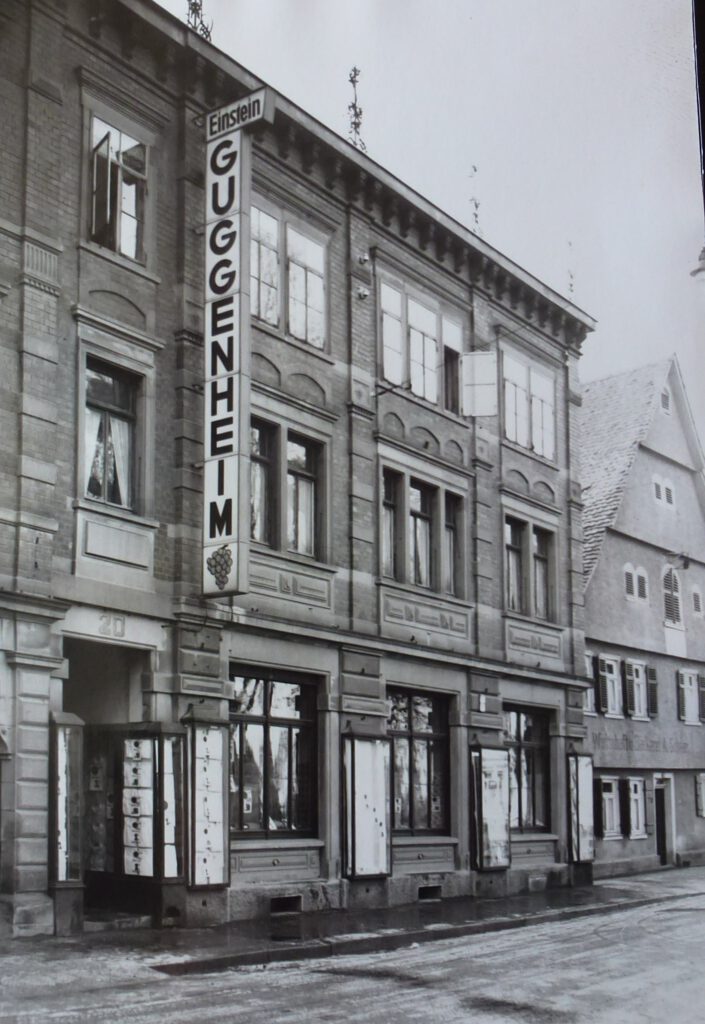
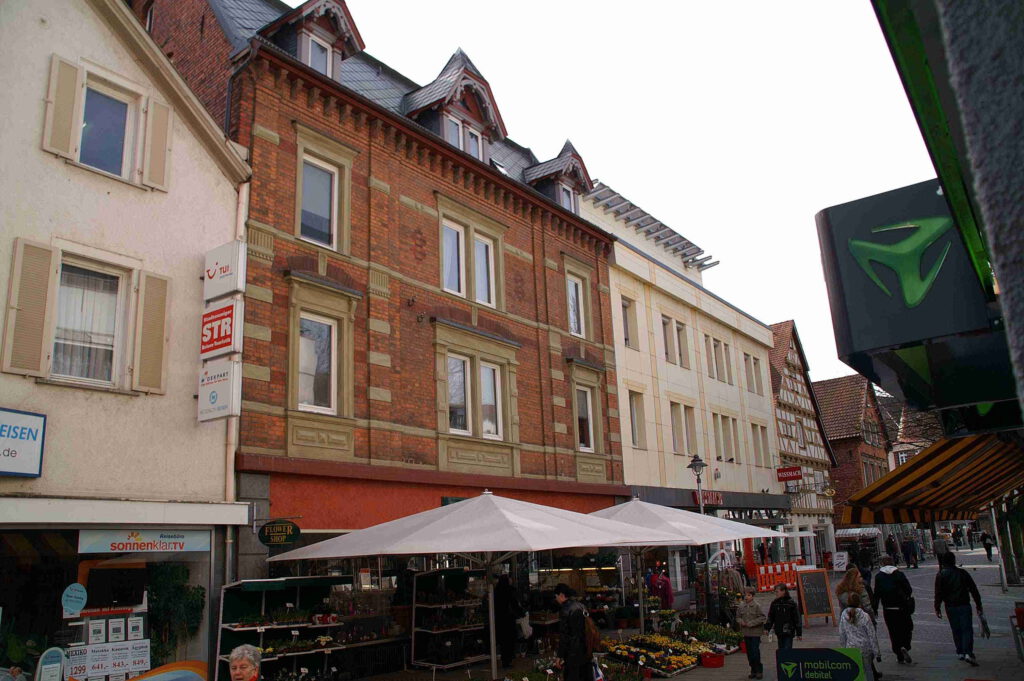
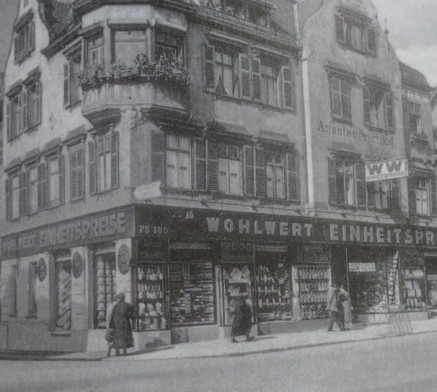
However, the beginning of the war and the closing of the borders brought an end to their hopes. The shipping containers with all their possessions were held up by customs in Bremen and at the border to Switzerland. Julius Guggenheim was accused of packing illegal valuables in the boxes. He was arrested; his wife was put under a lot of pressure. The children were unreachable in other countries, her husband was in jail, Pauline was being threatened by the Nazi henchmen – in this situation Pauline Guggenheim could only see one way out, the escape into suicide. During the night of December 6th to 7th, 1939, she turned on the gas faucet and ended her life.
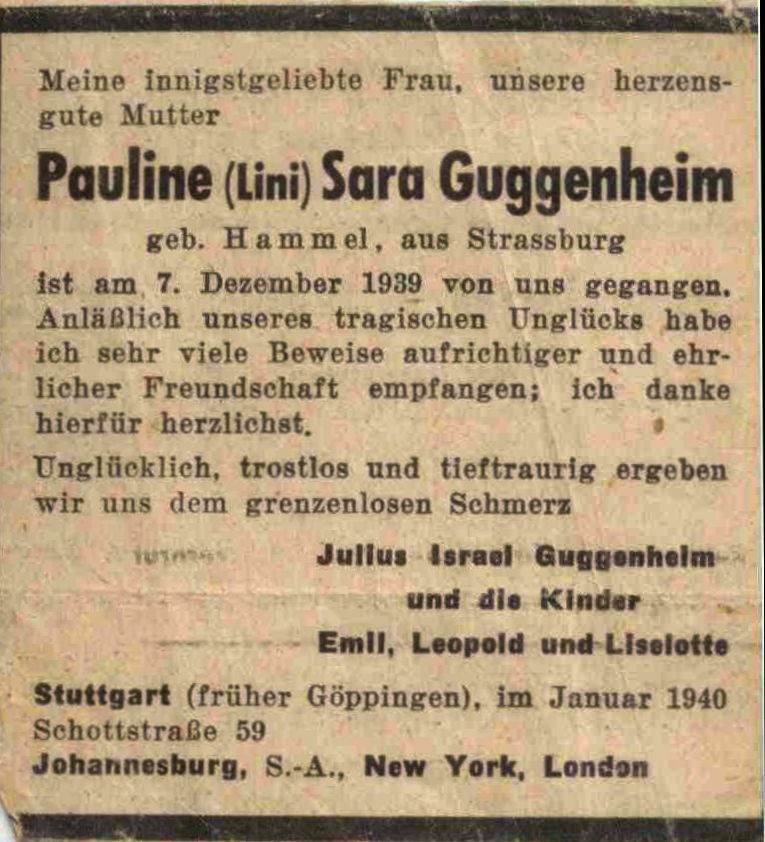
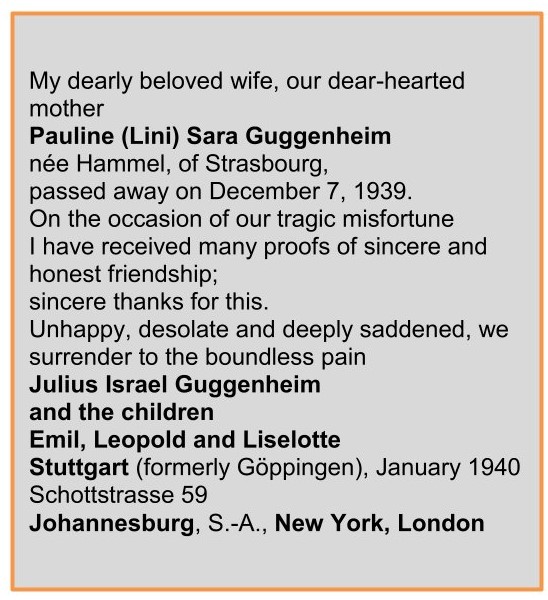
Her daughter, Lilo Guggenheim-Levine, who had been living in the USA with her family, wished to have the Stumbling Stone for her mother placed in front of the house at Grabenstrasse 20, where her family had spent such happy times.
More victims belonging to Pauline’s family were:
Out of her mother´s family there werethe cousins Bernhard, Julius and Arthur Fleischer, as well as Rosa Fleischer and Emilie Goldstein, who all were murdered.
Out of her father´s family there was the cousin Martha Albert, née Hammel, murdered too.
Late Lilo Guggenheim-Levine helped the Göppingen Stolperstein initiative a lot with her memories and information. We are very grateful about that. With time she became a close friend and we mourned her passing-away on June 1915 with the age of 94.
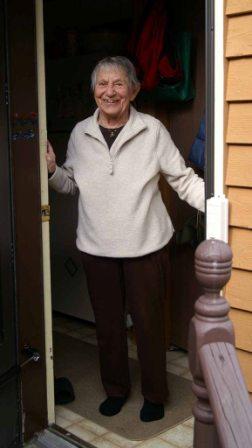
More information about Pauline Guggenheim can be read in the booklet “Lebenswege Jüdischer Frauen”, written by Claudia Liebenau-Meyer.
(22.12.2016 clm / ir)


Vielen Dank für den hochinformativen Artikel. Dürfte ich das Familienfoto in meinem Buch über das jüdische Leben in Bad Kissingen, in dem ich mich in einem Kapitel mit der Geschichte der weitverzweigten Familie Goldstein beschäftige, verwenden? Mein Buch ist online auf der Webseite der Stadt Bad Kissingen veröffentlicht und verfolgt keine kommerziellen Ziele.